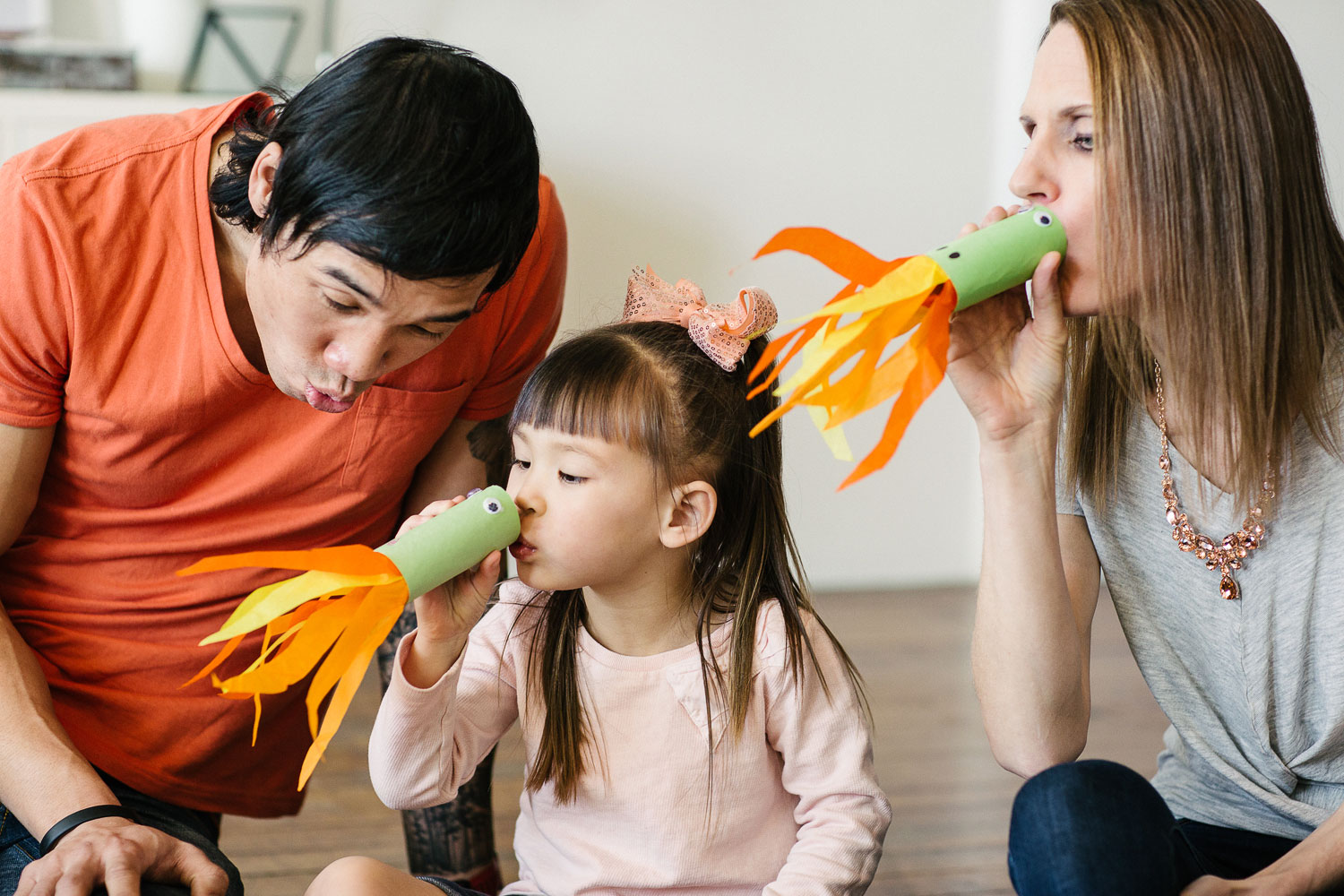Developmental psychologist Amanda Moreno, Ph.D., an assistant professor at Chicago’s Erikson Institute, never really did yoga or meditated. But at a conference a few years ago, she had what she calls an epiphany.
One presenter talked about how existing programs to improve kids’ planning, organization, and self-control—a set of skills experts call executive function—weren’t working as well as expected. (For example, when teachers explain logically why it’s better not to bully, the lessons don’t always sink in.) Another discussed the way mindfulness training was helping kids with ADHD focus.
Moreno began to wonder. What if mindfulness—the same focus on the present moment that grown-ups seek in the yoga studio and on apps like Headspace—could also help kids buffer the stress of sometimes-chaotic city life and do better in school and in life?
“How it works is, it takes a very complicated skill and it breaks it down into bite-sized pieces,” she says. Focusing on breath is far easier for children than focusing on a worksheet or, especially, breaking down complex emotions. “Start with the breath and really small things you can control better, then gradually work up.”
So Moreno secured funding from the U.S. Department of Education, among other sources, and is now wrapping up a four-year study of mindfulness interventions in Chicago Public Schools. By the end, more than 2,000 kindergarten through second-graders in some of the city’s most under-resourced schools will have participated.
The program involves three, three-minute daily age-appropriate mindfulness sessions designed in cooperation with Calm Classroom; an app called CalmSpot, which lets kids watch nature videos when they feel anxious; and group lessons (including some with parents) on topics like gratitude.
Though final results on things like academic achievement, tests of executive function, and teachers’ impressions won’t be available for probably another year, Moreno says anecdotal reports are encouraging. Some teachers say their classes can focus for longer with fewer disruptions, meaning they have more time to learn. What’s more, teachers like the program so much that 80 percent of them report using similar exercises in their own lives.
Moreno isn’t the only one studying these topics; the University of Chicago Crime Lab, for instance, is assessing how a mindfulness program called Quiet Time could curb youth violence.
None of this surprises people like Mira Binzen, who also has a degree in child psychology and is now director of training for Global Family Yoga. Watch kids in their natural habitat, and you’ll see cycles of activity and rest, she says. One minute they’re running and playing, the next intently studying an insect climbing a branch.
Constant connectivity and ambitious scheduling have overridden these instincts, exposing kids to the same type of information overload that affects grownups, says Debra Giunta, founder and director of Design Dance, a program that teaches kids mindfulness, creativity, and connection through movement.
Like adults, children have lost the time and space for quiet contemplation. And some, especially in Chicago, must also deal with trauma from violent neighborhoods and unstable families, Moreno points out.
Mindfulness can’t fix all their problems, she admits. But it may change kids’ reactions to their circumstances, teaching them to take a beat and respond more calmly when, say, a classmate provokes them or a math problem proves frustrating.
Kids are actually more receptive to mindfulness and meditation than some adults, Binzen notes, since they lack preconceived notions about its strangeness or difficulty. Often, it comes down to how their parents and teachers present it. Describe it as either a treat or an inevitability—“we brush our teeth, we tie our shoes, we meditate”—and children will likely go along.
The less-structured days of summer offer ample opportunities to build mindful moments into your routine, Giunta says. And as a bonus for busy parents, you—like Moreno’s teachers—may also find the techniques work to calm your own mind. Try:
- Crafting a sanctuary. Make a mindfulness corner in the living room, complete with a pretty pillow, and dedicate a set time each day to taking a few deep breaths there. “Creating that space in the home and in your schedule gives kids something to look forward to, and it can be a calming part of their day,” Giunta says.
- Taking it outside. Go to a park or the yard and make a sound map, Binzen recommends: Sit and listen, then draw symbols representing the noises around you on a sheet of paper (for instance, a horn near the edge for a car in the distance, a musical note in the center for the bird singing overhead). Or collect objects like twigs and stones, observing their texture before arranging them into patterns.
- Ordering a kit. Giunta’s organization offers a monthly subscription box, The Groove, packed with exercises to boost mindfulness and creativity for kids age 3 to 6 (from $16.95/month). For example, you’ll receive supplies for a straw race—straws, tiny pompoms, and colored masking tape to make a course—that teaches kids to control their breath (since mastering it takes just the right amount of blowing).
- Finding a class. Many yoga studios have child- or family-focused programming, including Urban Yoga Chicago’s Sacred Playground Yoga & Meditation for Kids (1322 Oakton St., Evanston); Tula Yoga’s Family Yoga and Baby & Me Yoga classes (2827 W. Belden Ave.); and Zen Yoga Garage’s Little Buddhas (1845 N. Milwaukee Ave.).




